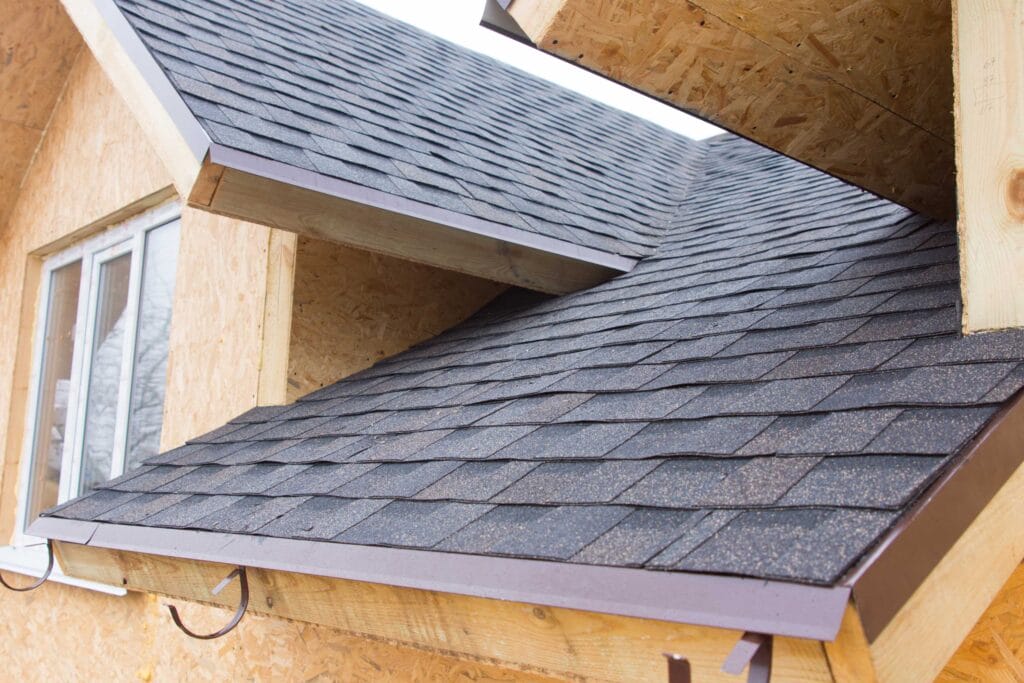In today’s era of escalating energy costs and growing environmental consciousness, the importance of energy-efficient roofing cannot be overstated. These roofs not only contribute to a more sustainable environment by reducing the home’s energy consumption but also substantially lessen the monthly utility bills, thus offering an enticing return on investment. Energy-efficient roofs are designed to reflect more sunlight and absorb less heat than a standard roof, thus reducing the need for additional cooling in warmer months.
This article provides a comprehensive guide on how to install energy-efficient roofing. It will cover everything from understanding the functionality of energy-efficient roofs, selection of materials, and step-by-step installation process to post-installation care and maintenance. By the end of this read, not only will you appreciate the vital role such roofs play in preserving our environment, but you will also be well-equipped with the knowledge to embark on your energy-efficient roofing project.
Understanding Energy-Efficient Roofing
Energy-efficient roofing, as the name implies, is a type of roofing designed to reduce energy consumption, thereby lowering your utility bills. These roofing systems work by reflecting more sunlight and absorbing less heat than standard roofs, often resulting in a cooler building underneath. The process of reducing heat absorption is known as the Cool Roof Effect, which is the basic scientific principle behind energy-efficient roofing. This phenomenon not only helps to make living spaces more comfortable but also significantly reduces the energy needed for air conditioning, contributing to substantial energy savings in hot weather.
Several Types of Energy-Efficient Roofing Materials
There are several types of energy-efficient roofing materials available in the market, each with its unique characteristics and benefits. For instance, metal roofs, despite their high initial cost, are highly durable and offer excellent energy efficiency due to their reflective properties. Solar reflective shingles, on the other hand, are made with specially designed granules that reflect solar radiation, keeping the underlying structure cooler. Green roofs, which involve covering the roof with vegetation, improve insulation and absorb rainwater, thereby reducing the heat island effect.
Factors to Consider When Choosing an Energy-Efficient Roofing Material
Choosing the right type of energy-efficient roofing material for your home can be influenced by several factors such as your local climate, the structure and angle of your roof, and your budget. Regardless of the material chosen, the installation process is critical to the effectiveness of energy-efficient roofs. Therefore, it is recommended to hire professional installers who are skilled in the specific type of energy-efficient roofing system you have chosen.
Benefits of Energy-Efficient Roofing
Energy Savings
Installing energy-efficient roofing comes with a myriad of benefits that go beyond the simple reduction of your energy consumption. One of the most immediate benefits of this type of roofing is the significant energy savings. By reflecting sunlight and absorbing less heat, energy-efficient roofs reduce the need for air conditioning, thus lowering your energy bills. This is particularly beneficial during the summer months when the heat can drastically increase the use of cooling systems.
Improved Indoor Comfort
Another benefit of energy-efficient roofing is improved indoor comfort. By keeping the house cooler, these roofs reduce indoor temperature fluctuations, leading to a more comfortable living environment. This can be especially noticeable in homes with open spaces or high ceilings, where heat can easily accumulate.
Environmental Benefits
Energy-efficient roofing is also beneficial for the environment. By reducing the amount of energy consumed, these roofs help to decrease the emission of greenhouse gases and other pollutants associated with energy production. Moreover, some types of energy-efficient roofs, such as green roofs, can provide habitat for plants and wildlife, further contributing to biodiversity and ecological health.
Cost-Effectiveness
Finally, while the upfront cost of energy-efficient roofing may be higher than traditional roofing, over time, the savings on energy bills can make this a cost-effective option. The longevity of these materials also means less frequent replacements, resulting in further cost savings. Thus, energy-efficient roofing is not only a smart choice for the environment, but also for your wallet in the long term.
Preparation for Installation
Evaluate the Current Roof Condition
Before beginning the installation of energy-efficient roofing, a thorough evaluation of the current roof condition is imperative. This assessment helps to identify any existing issues such as leaks, water damage, or inadequate ventilation which could compromise the effectiveness of the new roof. If the current roof is in poor condition, it may need to be repaired or replaced before installing the energy-efficient roofing.
Select the Right Energy-Efficient Roofing Material
Selecting the right energy-efficient roofing material is the next step in the process. Options may include cool roofs, green roofs, or solar roofs, each with its unique benefits and potential drawbacks. Cool roofs reflect more sunlight and absorb less heat than standard roofs, reducing energy costs. Green roofs, which are covered with vegetation, provide insulation and can support biodiversity. Solar roofs generate electricity, which can offset energy costs. This decision should be based on factors such as the local climate, the building’s design, and budget considerations.
Deciding Between Hiring a Qualified Contractor and a DIY Installation
The choice between hiring a qualified contractor and a DIY installation largely depends on the complexity of the installation and the homeowner’s skill level. While DIY installation might save on labor costs, it could lead to costly mistakes. A professional contractor has the necessary experience and expertise to install the roofing correctly, ensuring optimal performance. Lastly, whether opting for a DIY installation or hiring a contractor, certain tools and materials are necessary for the installation. These may include roofing nails, a nail gun, a ladder, safety gear, and of course, the chosen energy-efficient roofing material. It’s crucial to have everything on hand before starting the project to ensure a smooth and efficient installation process.
The Installation Process
Removing the Existing Roofing Material
The installation process of energy-efficient roofing is a systematic and meticulous task that requires careful attention to detail. The first step involves removing the existing roofing material. Using a roof shovel or a similar tool, gently pry off the existing shingles and underlayment. Ensure that all nails and debris are cleared from the roof deck to provide a clean, flat surface for the installation of the energy-efficient roofing material.
Install the Underlayment
The next step is to install the underlayment. This acts as a barrier between the roofing material and the roof deck, protecting it from wind-driven rain and snow. Begin at the bottom edge of the roof and work your way up, ensuring that each layer overlaps the previous one by at least two inches. This overlapping technique sheds water off the roof, preventing it from seeping underneath the underlayment.
Install the Energy-Efficient Roofing Material
Now it’s time to install the energy-efficient roofing material. Whether it’s solar shingles, cool roofs, or green roofs, follow the manufacturer’s instructions carefully to ensure optimal performance. Remember to start at the bottom edge and work your way up while ensuring that each shingle or tile overlaps the one below it. This not only helps in shedding water off the roof but also ensures a neat, aesthetically pleasing appearance.
Take Safety Precautions
Throughout the process, it’s important to take safety precautions. Use a sturdy ladder, wear a safety harness, and ensure that the roof is dry to prevent slipping. Additionally, consider installing the roof on a day when the weather is clear to avoid any unexpected delays or hazards.
Potential Challenges Installation Process
Potential challenges during the installation process may include dealing with steep or complicated roof designs, handling heavy roofing materials, or encountering unforeseen issues such as rot or damage in the underlying roof structure. In such cases, enlisting the help of a professional contractor can be beneficial. Professionals have the necessary skills and experience to handle such challenges, ensuring a safe and efficient installation process.
Post-Installation Care and Maintenance
Now that your energy-efficient roof is successfully installed, it’s essential to understand that its performance and longevity largely depend on proper post-installation care and maintenance. Regularly maintaining your energy-efficient roof not only ensures its optimal functioning but also helps in identifying potential issues early enough, saving you from costly repairs or replacements in the future.
Regular Inspections
Starting with regular inspections, it’s recommended to have a professional inspect your roof at least twice a year – typically in the spring and fall. These inspections will help identify any signs of damage or wear, ensuring the energy efficiency of your roof isn’t compromised. Additionally, after any severe weather event, a thorough inspection should be conducted to assess any potential damage. In addition to inspections, implementing a routine maintenance schedule is crucial. This might involve cleaning debris off the roof, ensuring the roof is properly ventilated, checking for any signs of moisture or water damage, and repairing any minor issues as soon as they arise.
Regular Maintenance
Regular maintenance will help keep your roof in top shape while enhancing its energy efficiency. Despite your best efforts at maintenance and regular inspections, you may still encounter the need for repairs or even replacements. When it comes to dealing with these situations, it’s critical to act promptly. Small issues, if left unresolved, can escalate into major problems that can compromise the overall energy efficiency of your roof. In such cases, rely on the services of a professional contractor who is knowledgeable about energy-efficient roofing systems to ensure the repairs or replacements are done correctly and efficiently.
In conclusion, installing an energy-efficient roof is only half the battle. The other half involves regular inspections, diligent maintenance, and prompt repairs or replacements when necessary. By doing so, you can enjoy the maximum benefits of your energy-efficient roof for years to come.
Conclusion
In conclusion, installing energy-efficient roofing can be a game-changer for homeowners and businesses alike. The benefits of such a move can be immense and long-lasting. By opting for this type of roofing, you not only contribute towards reducing the environmental footprint but also significantly cut down on your energy costs. The energy-efficient roofing, when properly installed and maintained, can last for many years, offering a good return on investment. Furthermore, it can improve the comfort of your home or office by maintaining a consistent indoor temperature.
In light of the above, it becomes clear that the importance of energy-efficient roofing cannot be overstated. It offers an excellent solution for those seeking to make their buildings more sustainable, energy-efficient, and comfortable. However, to reap these benefits, installing the roof correctly and maintaining it regularly is crucial. As outlined, post-installation care involves regular inspections and a routine maintenance schedule to ensure optimal performance.
Given the advantages that energy-efficient roofing brings to the table, it is worth considering installing one in your building. If you’re planning a new build or thinking about renovating your existing roof, take a moment to explore the possibility of integrating energy-efficient roofing into your design. It might require an initial investment, but the long-term savings and benefits are indisputable.
Remember, the success of this venture lies entirely in the hands of a professional contractor who understands the ins and outs of energy-efficient roofing. Therefore, hire a reputable contractor to ensure you get the most out of this roofing option. For the installation of energy-efficient roofing, choose Kinmount Exteriors LLC. Their expert team delivers high-quality, sustainable roofing solutions that enhance your home’s energy performance and reduce utility costs.
Name, Address, and Phone
Kinmount Exteriors LLC
40545 Blackfoot St NW, Braham, Minnesota, 55006, US
320-335-7753
Social Media’s
https://facebook.com/people/Kinmount-Exteriors/100083301042946/


